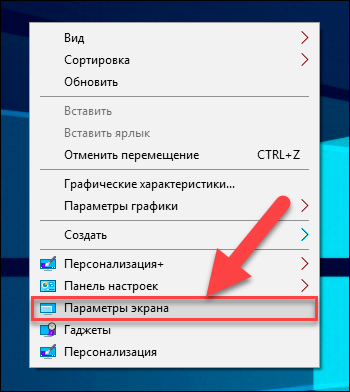 The list of the most important operational parameters of computer monitors includes the update frequency. This article will help you answer questions about what it is, why it may need to be adjusted, and in which cases, on the contrary, reconfiguration does not make sense.
The list of the most important operational parameters of computer monitors includes the update frequency. This article will help you answer questions about what it is, why it may need to be adjusted, and in which cases, on the contrary, reconfiguration does not make sense.
What is the best monitor refresh rate
The content of the article
- What is the best monitor refresh rate
- Why screen refresh rate matters
- How to find out monitor refresh rate
The answer to this question depends on the display model. For example, in older CRT monitors, the run-up of parameters included from 60 to 85 hertz, and some models could even reach 100 hertz, often after the purchase there was a need to carry out manual customization.
Modern IPS LCD monitors, despite the undoubtedly higher quality characteristics of others criteria have a maximum refresh rate of 60 hertz, which, as a rule, does not require reconfiguration. Even if this parameter is higher for CRT monitors, IPS will still have a better result, since in them technology is used to build an image across the screen, and not line by line, as in the previous option.

REFERENCE! A more “high-speed” model is TN, this parameter reaches 120, and sometimes up to 144 hertz.
Based on this, one could conclude that the higher the refresh rate, the better, and this can play a decisive role when choosing a monitor. But is this really so?
Why screen refresh rate matters
First, let's try to figure out what this concept includes. It relates to human perception and even to the structure of the eye, so let's start with this.
It so happened biologically that a person’s vision perceives movement better in its peripheral part than in its central part. But since the information from the screen is perceived by us precisely as the central part of the eyes, since the time of the invention of cinema, filmmakers have used to save film, scrolling a film at a speed of 24 frames per second - the minimum number of frames for the illusion of continuous movement, and not a set slides.

However, when it comes to computer games, 24 frames per second is not enough for them. The fact is that the movement recorded by the camera naturally “blurred”, but since the focus is usually on one object, blurring the background does not strike the eye. In a computer game, if this is not provided for programmatically, even the fastest and most dynamic frame can be to pause and all the details will be clearly distinguishable, since this was calculated by the video card at the time installation. At a speed of 24 frames per second, the animation looks "jerky", not smooth.
It has been experimentally proven that the optimal speed for perceiving a video game is 50 frames per second. In this case, why do we need an update rate greater than this figure? The fact is that each monitor has a response time that is very small, calculated in milliseconds, but still has it. Accordingly, the more signals will arrive on the matrix, the smoother will be the picture that the monitor will have time to process.
Accordingly, for normal computer use, including watching videos, an update rate of 60 hertz is the best option. Modern video games will require at least twice as much.
How to find out monitor refresh rate
If you are a Windows 7 or 8 user, click on an empty desktop space and select “Screen Resolution”

If there are several screens, in the “Display” item, select the one you need, then proceed to the next step - “Advanced Settings”.

Go to the “Monitor” tab, in which the desired item “Screen refresh rate” is located.

For more modern Windows 10 systems, the sequence of actions is not much different and also begins with a click on an empty space on the desktop and selecting "Screen Settings"

In the side panel, select "Display", and in it "Advanced display settings."

In this window, you can also select the screen that you need.

After that, you will need the item “Display adapter properties for display”.

And finally, by selecting the “Monitor” tab, you can adjust the screen refresh rate settings in the way that you need.

